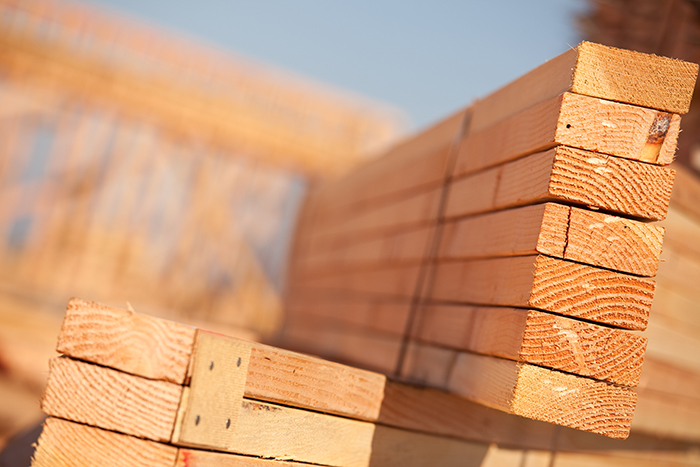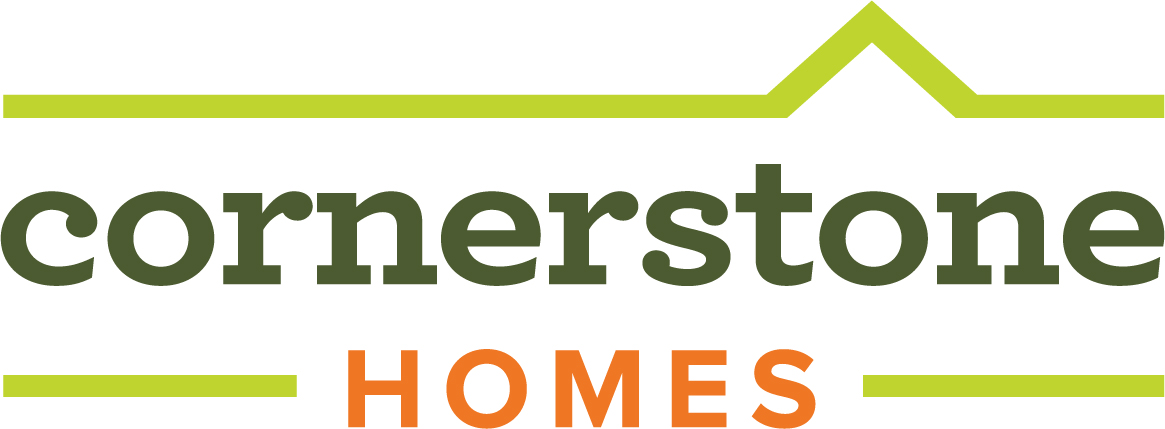Latest Posts
December 26, 2025
Exploring the Evolving Downtown Smithfield, VA in 2026: A Guide for Active Adults
November 14, 2025
Area Spotlight: Abingdon, VA
September 30, 2025
The Benefits of Single Level Living
July 10, 2025
Benefits of An Attached Home: Why It's a Smart Choice for Modern Living
May 28, 2025
Preparing for Your Design Appointment
April 25, 2025
The Best Things to Do in Charlottesville, VA
April 22, 2025
Cornerstone Homes Celebrates Big Wins at the NAHB IBS Nationals!
April 22, 2025
Cornerstone Homes Shines Bright at the HBAR MAME Awards!
April 22, 2025
Spring Forward into the Future of Chickahominy Falls
What's Happening in the Housing Market Nationally?
Unprecedented demand for new homes is impacting everything from materials to build times, but home builders are finding solutions
Over the last 14 months, the housing industry has been dramatically impacted by pandemic-related events. While housing has been a bright spot in the nation’s economy, we are now facing unique challenges that are driving up the cost of materials and extending building timelines. Because these changes ultimately impact homebuyers, we wanted to share exactly what is happening in housing and related markets, what that means for building a new home today, and when there may be some relief.
There are still opportunities to buy and build a new home with Cornerstone Homes. Whether that is one of our available quick move-in homes or building your home from the start. But because of the demand, though, the faster you can act, the better. That means joining interest lists so that you are the first to be notified of new releases, and being pre-approved for a mortgage at the time of deposit. Anything you can do to speed up the pre-contract process means a higher chance you’ll get the home you want, when you want it.

Supply and Demand
The dynamic at the base of all the current challenges is a textbook case of supply and demand. There is an incredible demand for new homes right now, and not enough supply of materials to build them. This has led to increased costs and extended build times.
The rising cost of lumber has been the most news-worthy event in the housing industry. About 80% of the lumber used in U.S. home construction is imported from Canada. Many lumber mills, both in Canada and the U.S., were forced to shut down in 2020 due to health concerns.
At the same time, an unprecedented combination of factors — including record low interest rates, newly remote employees and virtually-schooled children needing more space, and the general desire for people to change their living situations during the pandemic — led to a surge in demand for new housing and home renovations, all of which require lumber and building materials.
High demand and low supply drove costs up exponentially. According to Random Lengths, a news source that tracks information for the wood products industry, lumber prices have risen 240% from a year ago, and continue to climb. Today, there simply isn’t enough lumber to meet demand, or the cost is prohibitive for builders, and timelines for new homes are being pushed out indefinitely.
The latest critical building component to face severe shortage is resin. This plastic is used in materials throughout the home construction process — including as a bond to strengthen wood and flooring materials, and in paints, coatings, primers, and sealers. Much of the U.S. production of resin comes from Dallas, which was severely impacted by the 2020 winter storm. As a result, production slowed or stalled while demand continued to rise, resulting in price increases and building delays.
These are only two examples. Product delays and suspensions are affecting everything from concrete, cabinets, and appliances to paint, sheetrock, and lumber. Nearly every line item in a home’s budget is under some type of delay or substitution.
The construction industry is also facing a labor shortage. Not enough skilled workers are applying for construction jobs, and those who do apply lack the technical knowledge, experience, or training that is required. With a limited number of tradesmen such as plumbers, carpenters, and electricians, build times for new homes are being extended.
The Impact on New Homes and Homebuyers
The biggest impact has been cost. The cost to build a new home has increased substantially because materials are scarce and more expensive. The National Association of Home Builders (NAHB) has estimated that, based on a $350,000 home, the cost has increased by $24,000 based on lumber alone. That number is subjective to the size of the home.
Builders must substitute products and finishes. In order to keep a new construction home on schedule, on-the-spot decisions must be made when builders are notified that a product is no longer available. Builders are doing their best to inform buyers of changes in specs as soon as possible, but due to the increasing unpredictability in supply chains, they may not be able to guarantee products by name or provide specific colors of product. In some cases, they will not be able to provide the product at all.
Build timelines are longer. Builders are doing everything they can to stay on schedule for builds that have already started. However, product substitutions with little or no notice can cause significant changes to the building process for future homes and lead times can become unpredictable.
Builders are making hard decisions and finding solutions. Rather than face the uncertainty of supply costs and product availability, some builders are pausing sales until they can provide buyers with a definite cost and/or build time. Many builders have turned to wait lists or lotteries to manage interest. Some are curating unique custom home packages that cannot be changed once the contract is written. The goal is to avoid any further delays by including only products and materials that are immediately available, in order to build homes faster and help meet consumer demand. Cornerstone Homes recently implemented this option at Barley Woods, a 55+ villa community in Fredericksburg.

Looking Forward
NAHB is taking steps to mitigate the lumber shortage by urging Congress to work with domestic mills to increase production and end tariffs on Canadian lumber shipments into the U.S. As interest rates rise and demand for suburban housing cools a bit, both the production and cost of lumber should stabilize, along with the entire housing industry. Home building — along with its positive economic impacts like job creation and tax generation — will inevitably rebound.
In the meantime, if you are considering buying or building a new home, we recommend taking these three steps:
- Understand price increases - so that you are educated on the reason your new home costs what it does, and you are prepared and comfortable with making a deposit.
- Get pre-approved - so that you are prepared to act fast when the home you want becomes available.
- Join interest lists - so that you are the first to be notified when communities release more lots for sale.
At Cornerstone Homes, our team takes great care daily to minimize the aforementioned obstacles the home building industry is facing. We will continue to use innovative solutions and problem solving to ensure our homeowners receive the quality home and first-rate experience Cornerstone Homes is known for. Rest assured, Cornerstone Homes cares! It’s at the very core of everything we do.
If you are considering making your move to maintenance-free 55+ living in a Cornerstone Community, we recommend doing it sooner rather than later! Low inventory + rising prices = a limited opportunity for you to find the perfect home for you. For more information on our quick move-in homes, please contact us at (804) 215-0766.



